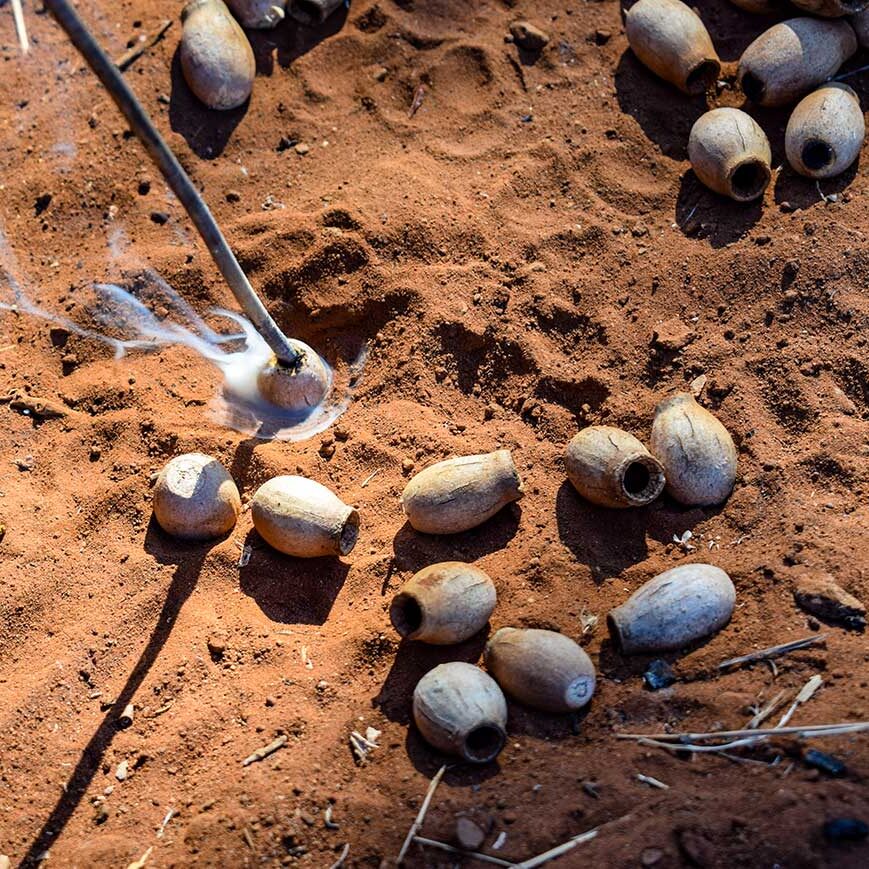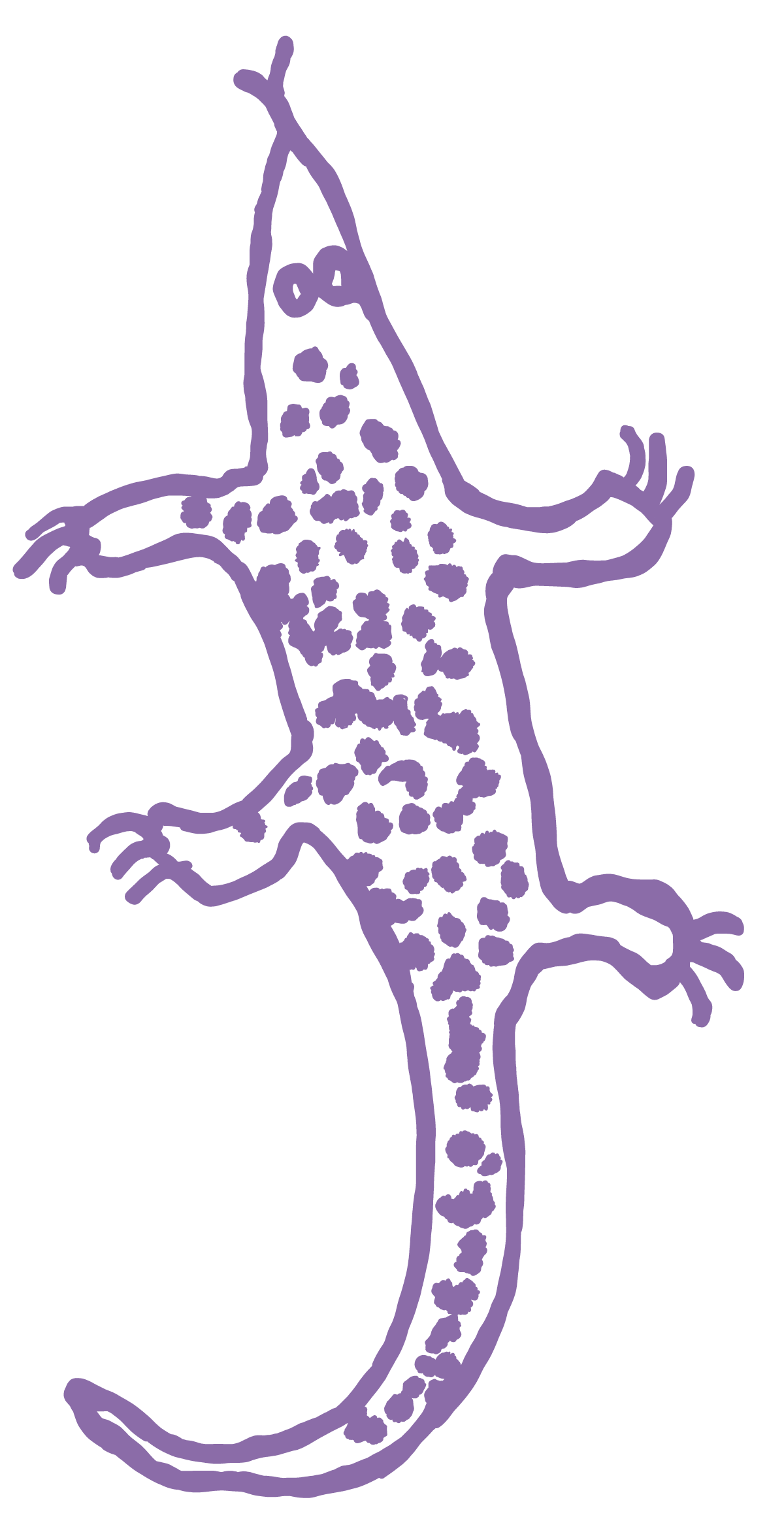Prior to first contact with European settlers, the Anangu people were nomadic, travelling hundreds of kilometres at a time following the transitions of seasons for shelter and hunting following the traditions of ancestors to the lands. In 1937 until 1947 a prolonged drought caused the Anangu people to travel south-west to missions which began to be established across the lands. From 1956 to 1963 the nuclear testing at Maralinga in South Australia compelled Anangu to move from the south and settle in the Warburton mission. Rations were provided to families in exchange for a form of labour and the children were enrolled in school. In the 1970s management of Warburton mission was transferred from United Aborigines Mission to the Commonwealth government. Surrounding communities were established under Commonwealth government and the Anangu people began to return to their homelands, the Ngaanyatjarra Lands. On the 29th of June in 2005 the Ngaanyatjarra Lands native title determination recognised exclusive possession of native title to the Ngaanyatjarra people covering approximately 187,000 square kilometres of the Gibson and Great Victoria Deserts.
The Anangu people transported abandoned nickel mining infrastructure from the Wirtapi Wara (Long Black) Ranges, 15kms to where there was an existing bore supplying water. This site is what we know as present day Papulankutja. Papulankutja (Blackstone) community was officially established in the 1980s when permanent housing began to be built and access was provided to a school and store to support the return of families to their homelands. The name Papulankutja is derived from the Tjkurrpa (Dreamtime), Wati Kutjarra (Two Goanna Men). Wati Kutjarra were magical ancestral beings who travelled from the far-west of Western Australia and into Ngaanyatjarra country. They played tricks on others along their journey. When they came to the ranges they went separate ways around. Each man transformed into a lizard and when they reached the other side of the ranges, they forgot what each other looks like and didn’t recognise each other. The expression directly translated from Ngaanyatjarra is, ‘to stare without recognising each other’.



